The Monthly Pool Maintenance Checklist Every Owner Needs
Imagine your pool as a sparkling oasis, a shimmering sanctuary where you can escape the hustle and bustle of everyday life. But to maintain this oasis, you need more than just a pool net and a quick dip. Owning a pool comes with the responsibility of regular maintenance, ensuring that your oasis remains pristine and inviting. So, let’s dive into the monthly pool maintenance checklist that every owner needs, covering everything from water balance to equipment inspection. Stay tuned, because a well-maintained pool is just a few steps away. Lets discover some cost-effective pool maintenance options in Westchester!
Key Takeaways
- Maintaining proper water balance, including pH levels, is crucial for optimal pool maintenance.
- Regular cleaning and skimming are necessary to keep the pool clean and debris-free.
- Proper filter maintenance, such as backwashing or replacing cartridges, ensures clean and safe swimming pool water.
- Taking care of the pool cover, including storing it properly and maintaining tension, helps prolong its functionality and lifespan.
Water Balance
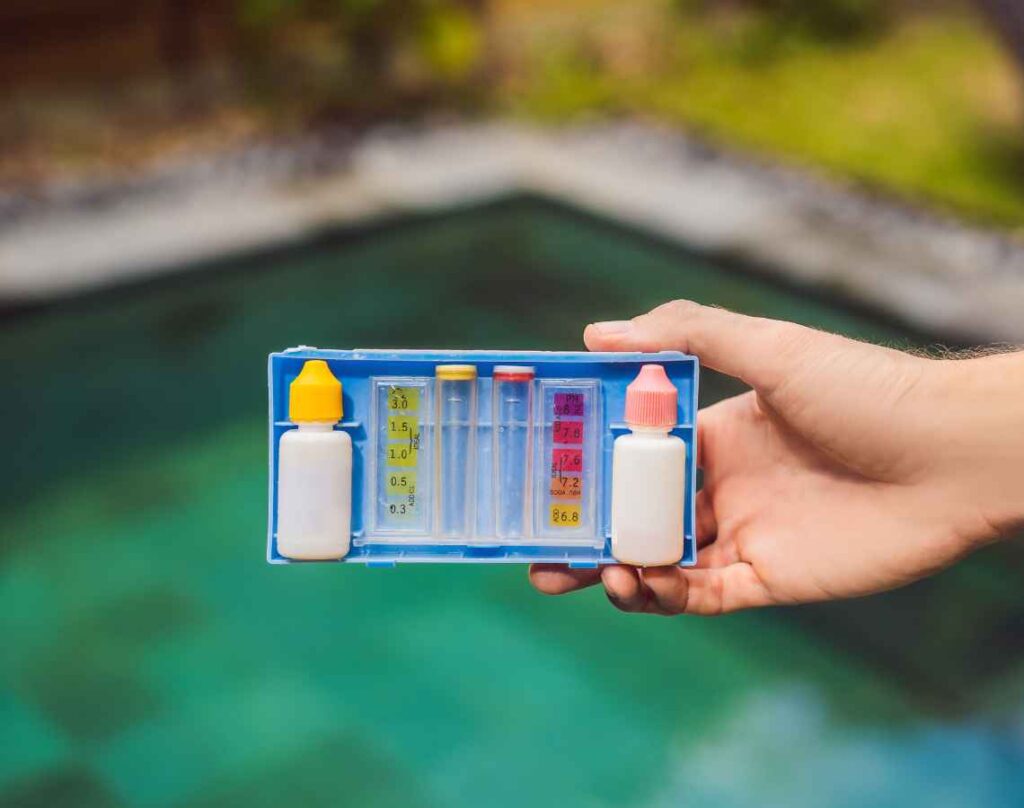
To ensure optimal pool maintenance, it is essential to maintain proper water balance. The pH level of your pool water is a critical factor in achieving this balance. pH levels determine the acidity or alkalinity of the water, and maintaining the ideal range of 7.2 to 7.6 is crucial for swimmers’ comfort and the effectiveness of your pool chemicals.
Regular chemical testing is necessary to monitor and adjust the pH levels. You can use test strips or a liquid testing kit to measure the pH level accurately. Simply dip the test strip into the water or collect a sample using the provided vial, and compare the color change to the chart. If the pH level is too high, meaning the water is too alkaline, you can lower it by adding a pH decrease or muriatic acid. Conversely, if the pH is too low, indicating acidity, you can raise it by adding a pH increaser or soda ash.
Cleaning and Skimming
Regular cleaning and skimming are essential tasks for maintaining a clean and debris-free pool. By consistently removing surface debris and vacuuming the pool, you can ensure that your pool remains inviting and safe for swimming. Here is a monthly pool maintenance checklist to help you stay on top of these important tasks:
| Task | Frequency | Description |
| Skimming | Daily | Use a skimmer net to remove leaves, insects, and other debris from the pool’s surface. This prevents them from sinking and causing water quality issues. |
| Vacuuming | Weekly | Use a pool vacuum to remove dirt, sand, and other fine particles that have settled on the pool floor. This helps to maintain water clarity and prevents the buildup of sediment. |
| Brushing | Monthly | Use a pool brush to scrub the walls and floor of the pool. This helps to remove algae, calcium deposits, and other stubborn stains. |
| Emptying the Skimmer Basket | Weekly | Remove any debris collected in the skimmer basket to ensure proper water flow and prevent clogging. |
Filter Maintenance
Now let’s discuss the important aspect of maintaining your pool’s filter system to ensure optimal water quality and circulation. Proper filter maintenance is crucial in keeping your pool clean and safe for swimming. There are two main types of filters commonly used in pool systems: sand filters and cartridge filters. Both types require regular maintenance to ensure their effectiveness.
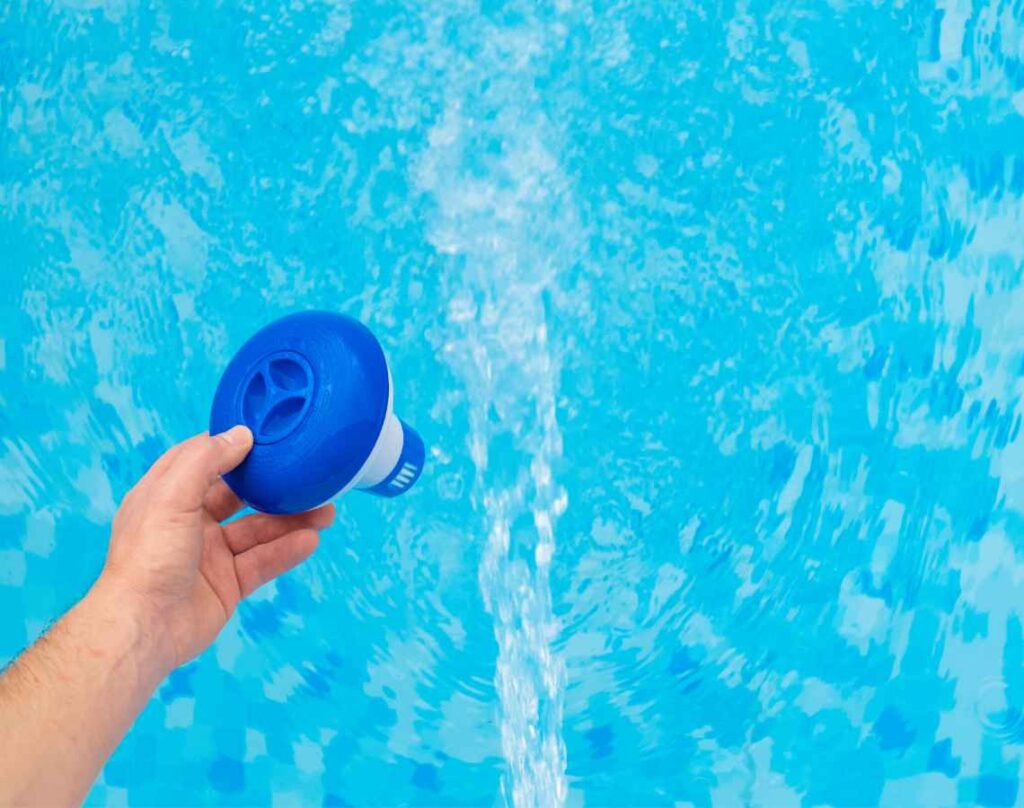
For sand filters, regular backwashing is necessary to remove accumulated dirt and debris. Backwashing involves reversing the flow of water through the filter, flushing out the trapped particles. To perform a backwash, simply turn off the pump, set the filter valve to the “backwash” position, and turn on the pump again. Let the water run for about two minutes or until the water in the sight glass is clear.
Cartridge filters, on the other hand, require periodic replacement of the cartridges themselves. Over time, the cartridges become clogged with dirt and debris, reducing their efficiency. To replace the cartridges, first, turn off the pump and remove the filter housing lid. Take out the old cartridges and replace them with new ones, making sure to align them properly.
Regularly following the backwash procedure and replacing the cartridges as needed will help maintain the effectiveness of your pool’s filter system, ensuring clean and clear water for a refreshing swimming experience.
Pool Cover Care
Taking proper care of your pool cover is essential for maintaining its functionality and prolonging its lifespan. To ensure your pool cover stays in top condition, it is important to follow a few key steps for pool cover care.
Firstly, proper storage is crucial to prevent damage to your pool cover. When the swimming season is over, remove the cover and clean it thoroughly. Allow it to dry completely before folding it up and storing it in a cool, dry place. Avoid storing it in direct sunlight or near any chemicals that could potentially harm the cover.
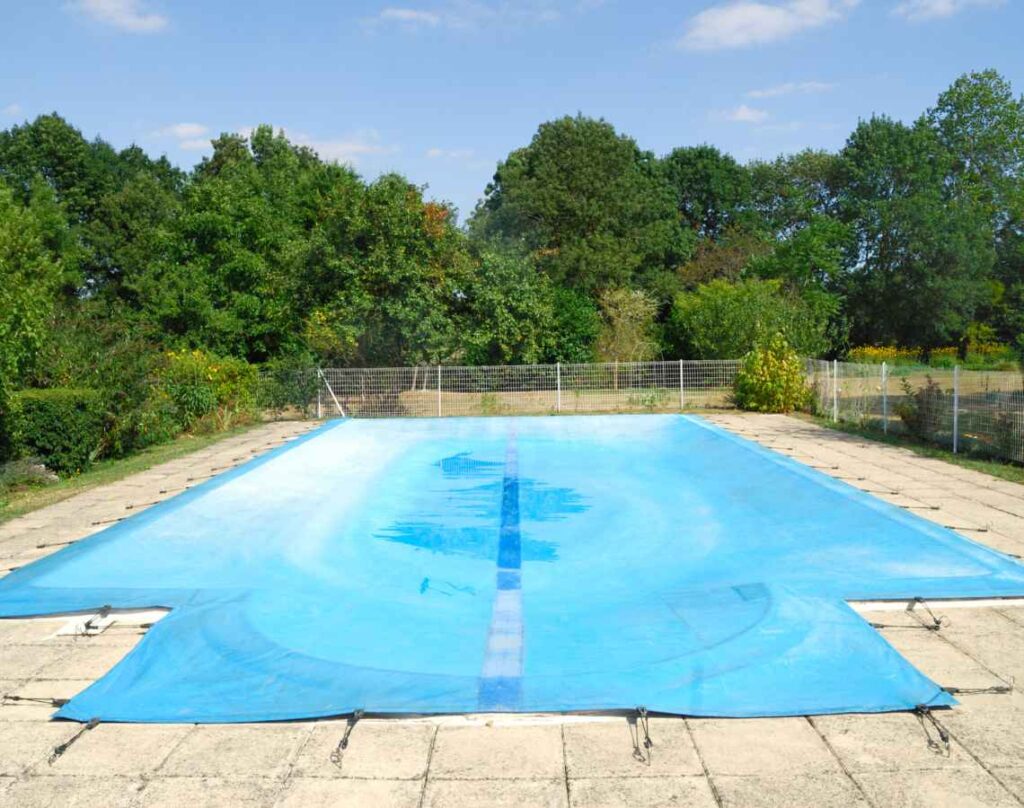
Regular inspection of your pool cover is also necessary. Look for any signs of wear and tear, such as holes, tears, or loose stitching. If you notice any damage, it is important to address it promptly to prevent further deterioration. Small repairs can often be done by patching up the damaged area, but larger repairs may require professional assistance.
In addition to storage and repair, maintaining proper tension on your pool cover is important. Make sure the cover is securely fastened and free of any slack. This will help prevent debris from entering the pool and ensure the cover functions effectively.
Equipment Inspection
To ensure the proper functioning of your pool, it is essential to regularly inspect your pool equipment. This includes checking your pool pump and pool heater for any maintenance or repair needs. By conducting regular equipment inspections, you can identify and address any issues before they become major problems.
Below is a table outlining the key components of a pool pump and a pool heater that you should inspect:
| Pool Pump | Pool Heater |
| Check for any leaks or cracks in the pump housing | Inspect the heat exchanger for any signs of corrosion |
| Ensure that the pump motor is running smoothly and quietly | Check the thermostat settings and adjust if necessary |
| Clean the pump strainer basket and remove any debris | Inspect the burner assembly for any blockages or damage |
| Check the pump impeller for any clogs or damage | Test the ignition system to ensure proper functioning |
| Inspect the pump seals and gaskets for any signs of wear or leakage | Clean or replace the air filters as needed |
Regular inspection and maintenance of your pool equipment will help prolong its lifespan and ensure optimal performance. If you are unsure about any aspect of the inspection or if you identify any issues, it is recommended to consult a professional pool technician for assistance. Remember, maintaining your equipment is key to enjoying a clean and well-functioning pool.
Learn some DIY options for fixing and maintaining your pool here.
Frequently Asked Questions
How Often Should I Test the Water Balance in My Pool?
You should test the water balance in your pool regularly to ensure it is safe and clean. The frequency of testing will depend on factors like usage and weather conditions.
What Are Some Common Cleaning Products That Can Be Used for Skimming the Pool?
To keep your pool clean, use effective cleaning products for skimming. Some common options include skimmer nets, pool brushes, and leaf traps. Incorporating these best practices for pool skimming will help maintain a sparkling and debris-free pool.
How Often Should I Clean or Replace the Pool Filter?
You should clean or replace the pool filter every month to ensure proper filtration and prevent debris buildup. Regular pool filter maintenance is essential for maintaining clean and healthy pool water.
Are There Any Specific Care Instructions for Different Types of Pool Covers?
When it comes to different types of pool covers, it’s important to know their maintenance tips, pros, and cons. You should also consider your specific needs when choosing the right pool cover.
What Equipment Should I Inspect Regularly and How Often Should I Do It?
To keep your pool equipment running smoothly, inspect it regularly. Check the pump, filter, and heater for any signs of damage or wear. It’s recommended to do this monthly to catch any issues early.





 Alex Cota
Alex Cota  Sophie Pekic
Sophie Pekic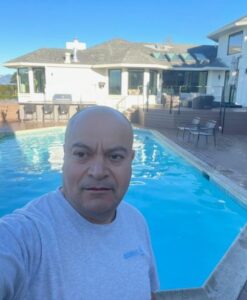 Rudy Reyes
Rudy Reyes  Mark Harlan
Mark Harlan Kevin Hall
Kevin Hall 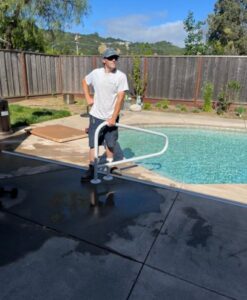 Howard (Howie) Van Lare
Howard (Howie) Van Lare  Chris Cavalerro
Chris Cavalerro 

 Betty Garmendina
Betty Garmendina George Wallace
George Wallace Zach Zastrow
Zach Zastrow Jorge Salazar Bernal
Jorge Salazar Bernal Mike Watson
Mike Watson Jane Ciuchta – Hired 2015
Jane Ciuchta – Hired 2015 Bruce Muir – Hired 2020
Bruce Muir – Hired 2020 David-Metzger – Hired 2014
David-Metzger – Hired 2014 Robin Clarke – Hired 2019
Robin Clarke – Hired 2019 Maddi Davidson – Hired 2022
Maddi Davidson – Hired 2022 John Albachten – Hired 2015
John Albachten – Hired 2015 Jay Bergmann – Hired 2023
Jay Bergmann – Hired 2023 Summer Venegas – Hired 2017
Summer Venegas – Hired 2017 Rebecca Jones – Hired 2015
Rebecca Jones – Hired 2015 Jane Doe – Hired 2014
Jane Doe – Hired 2014